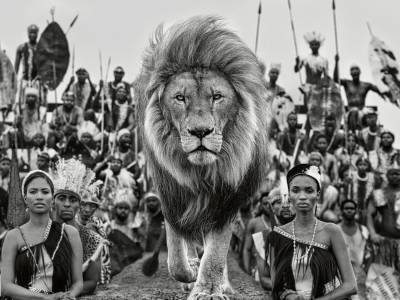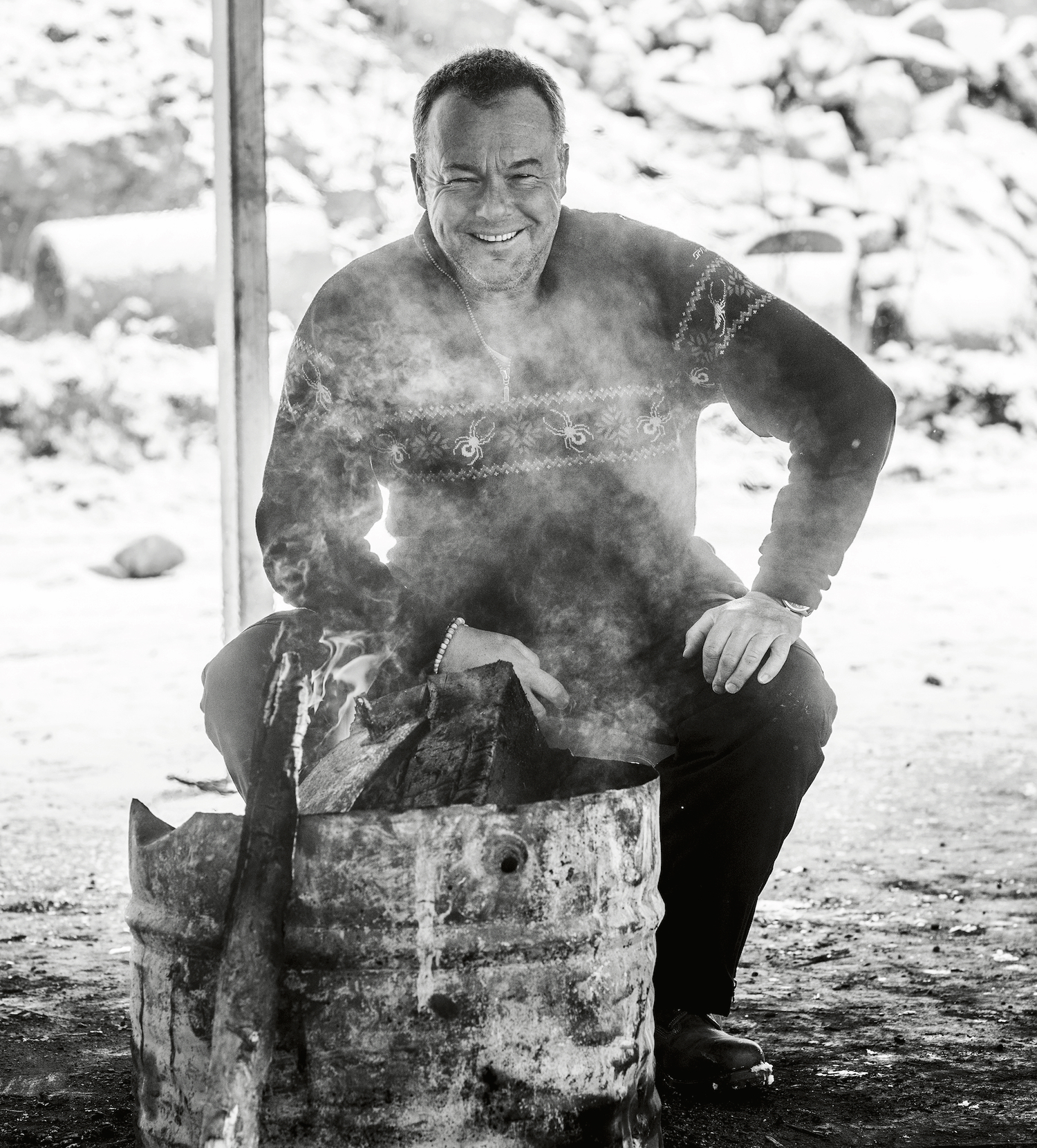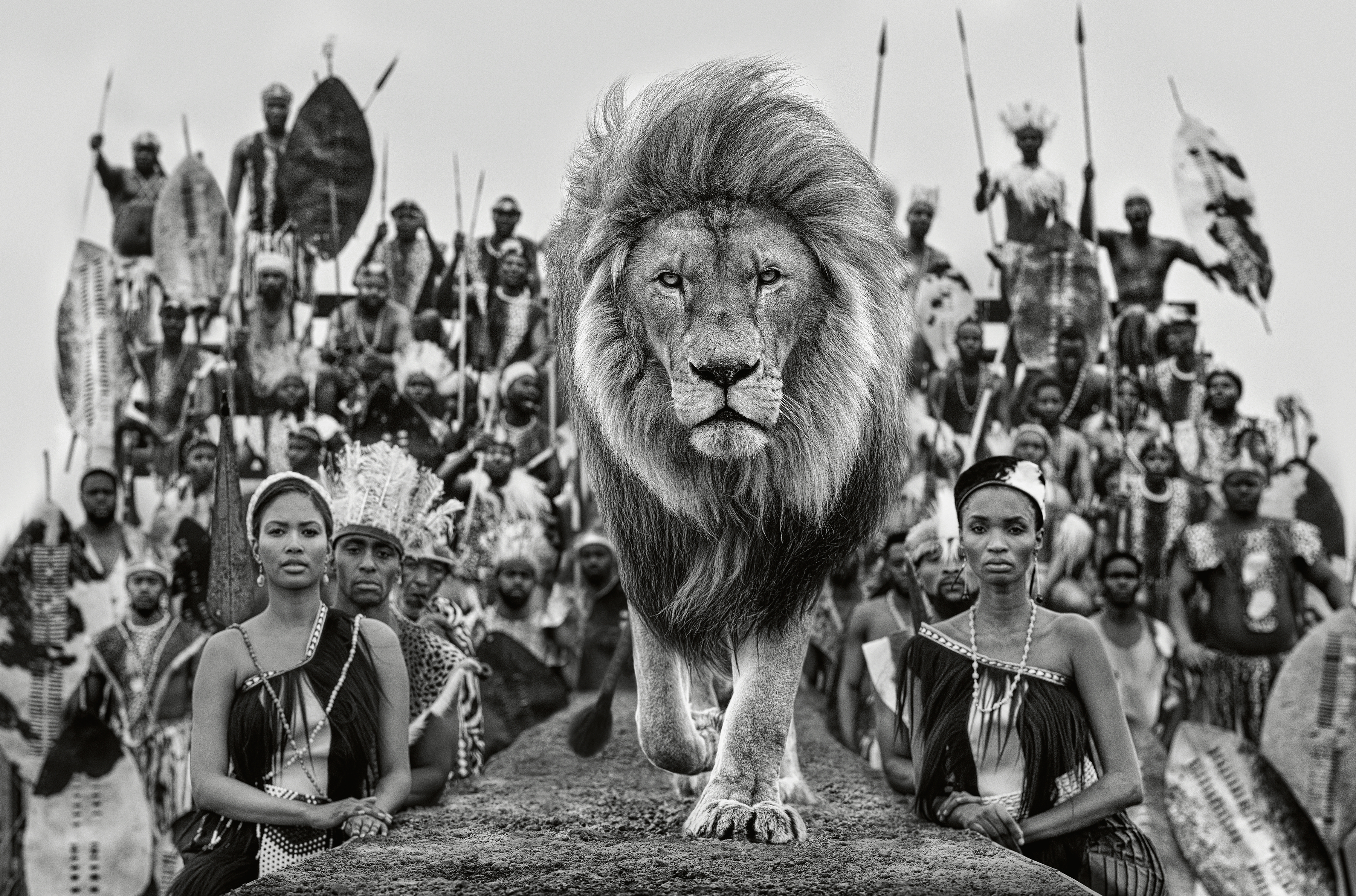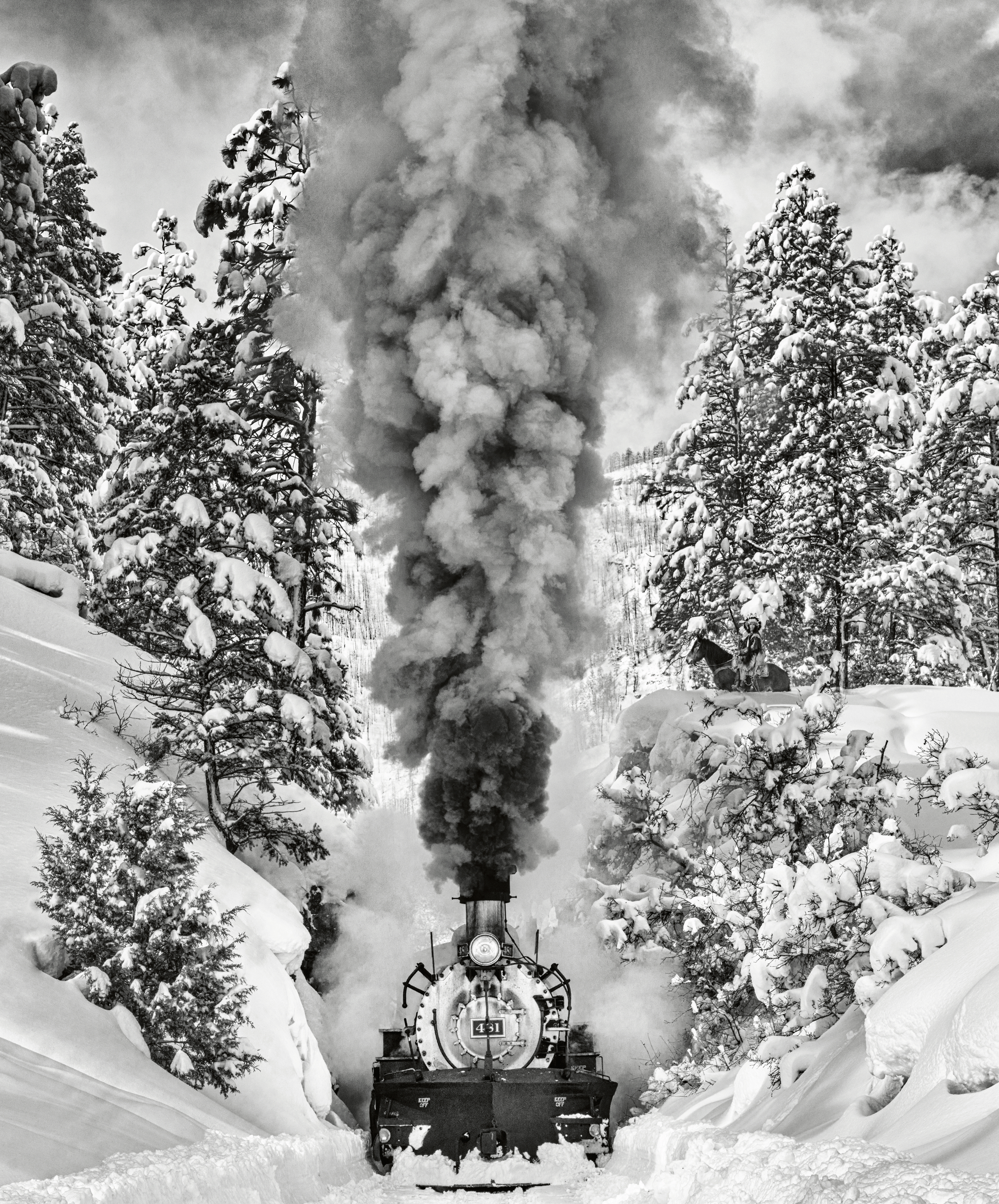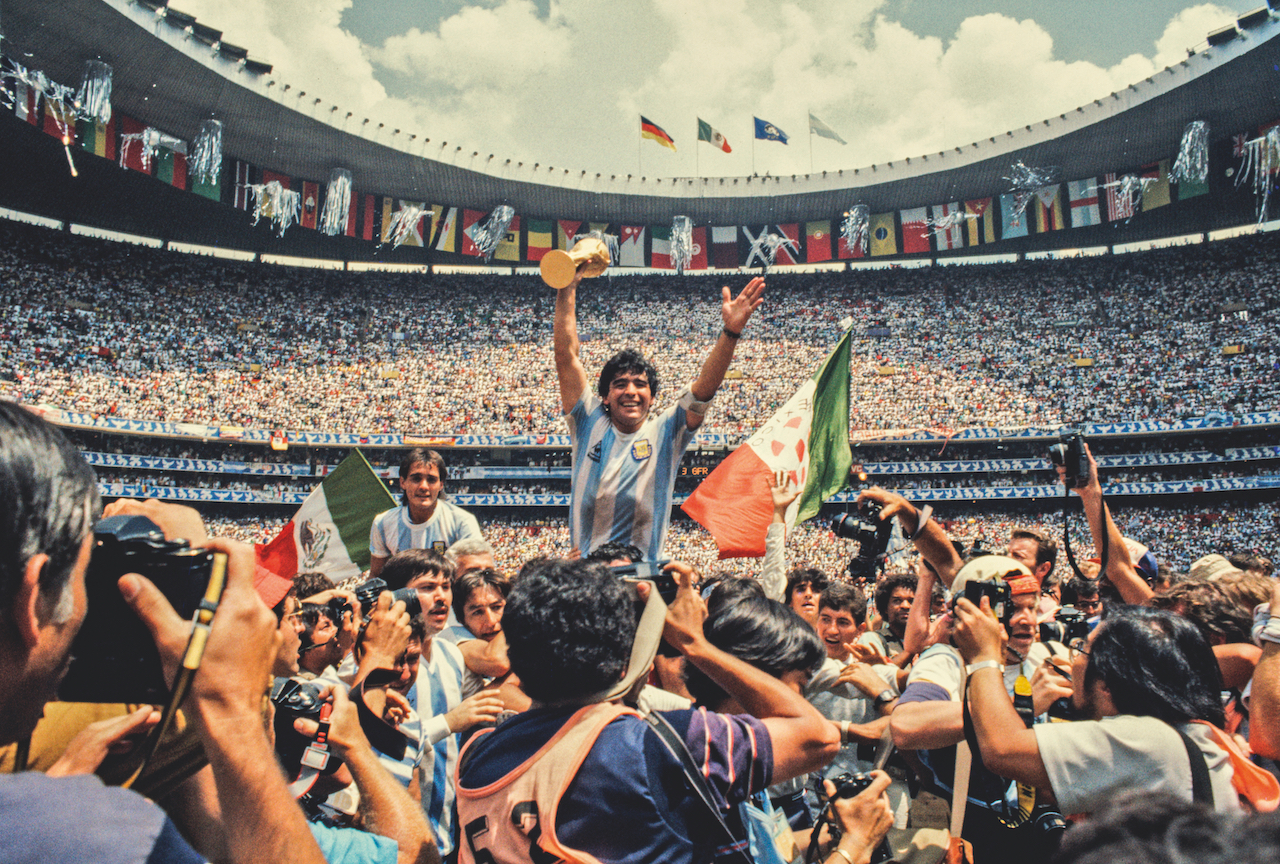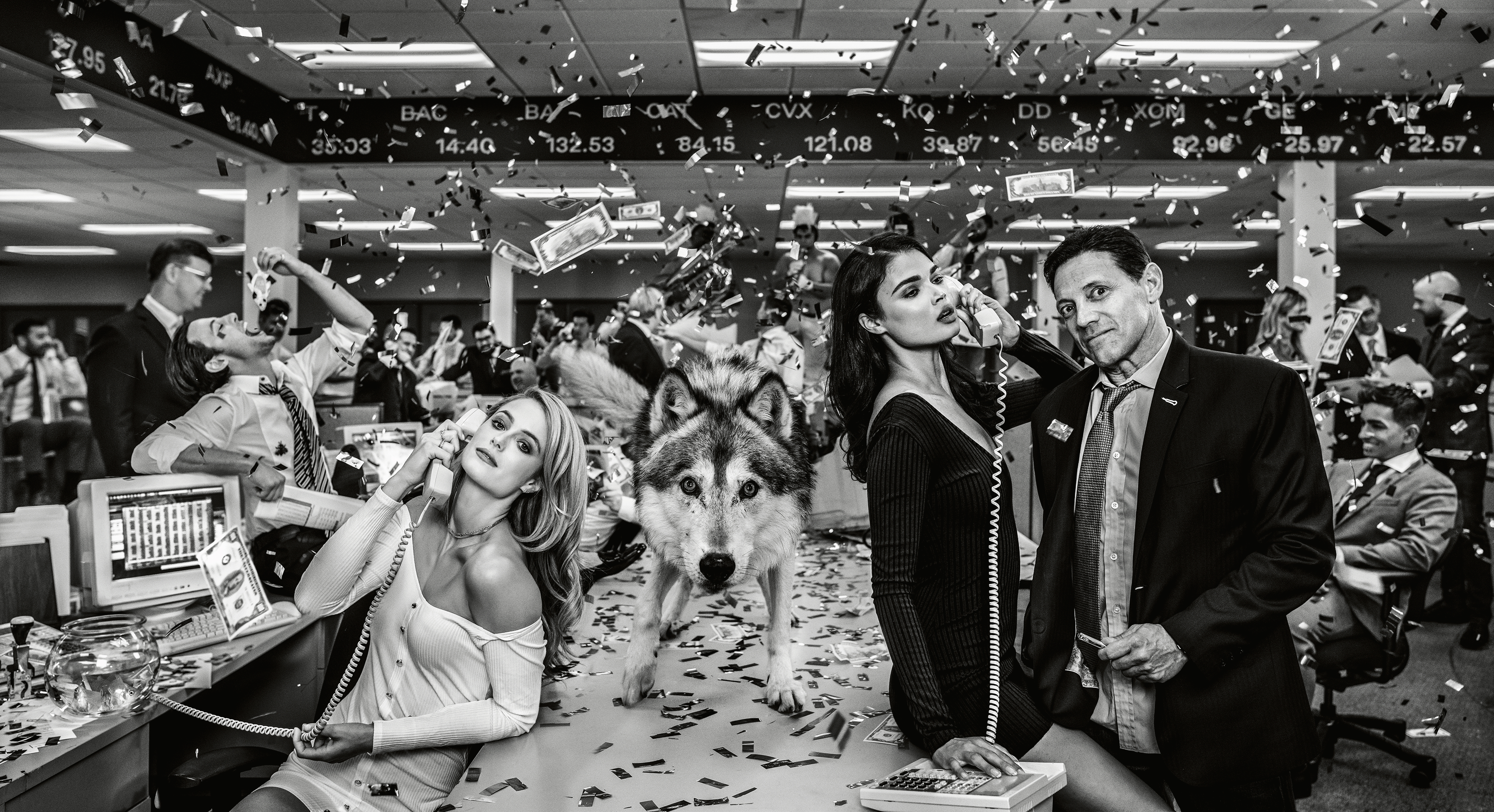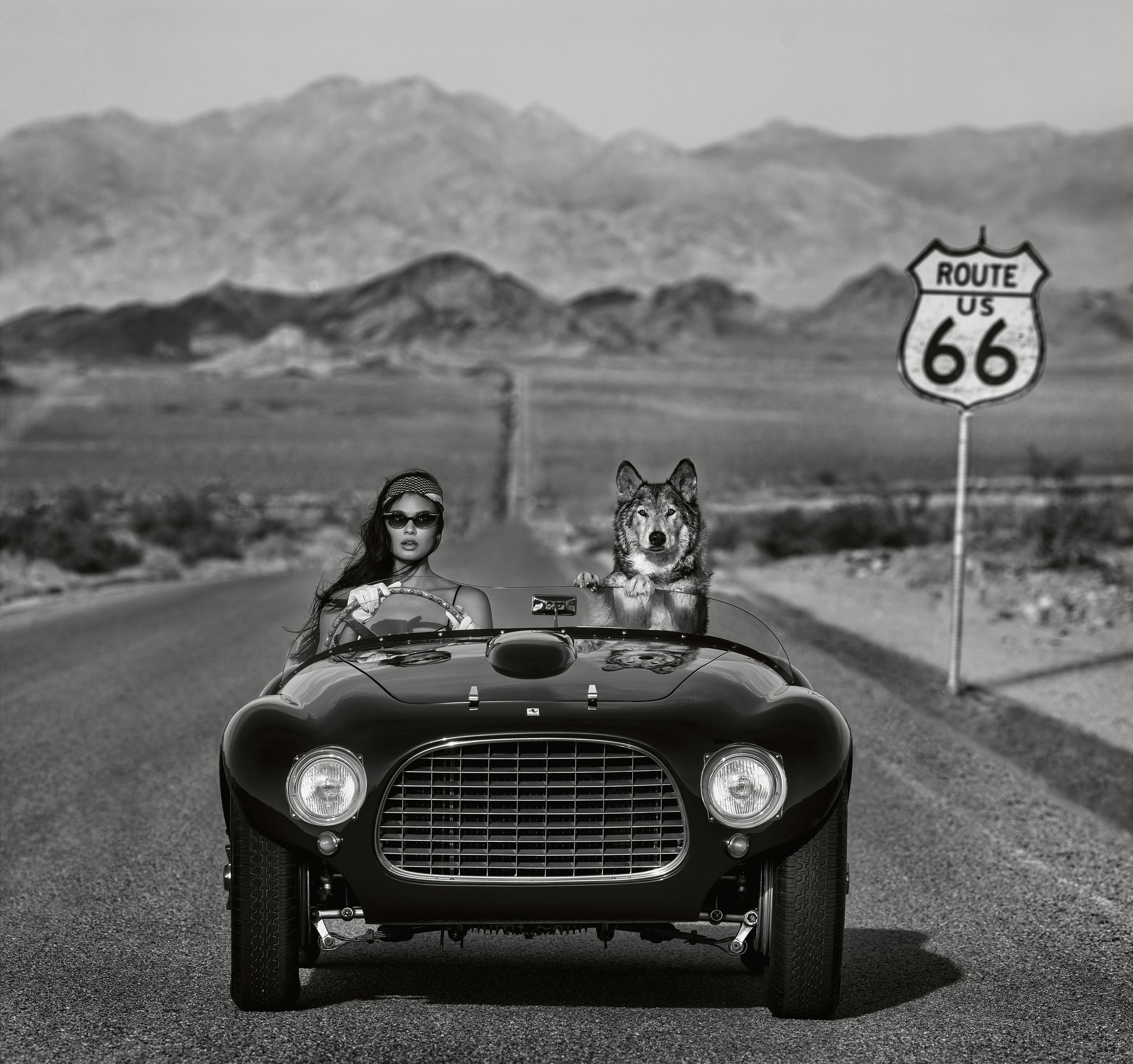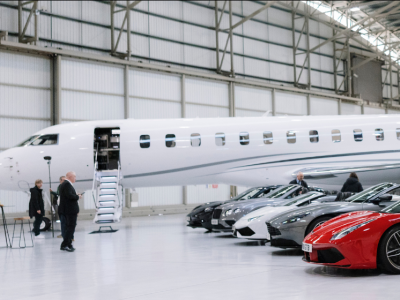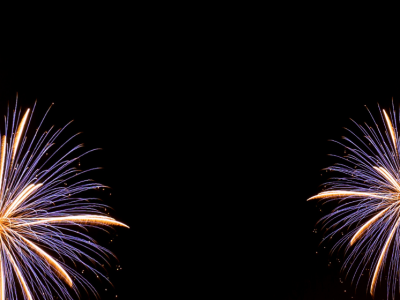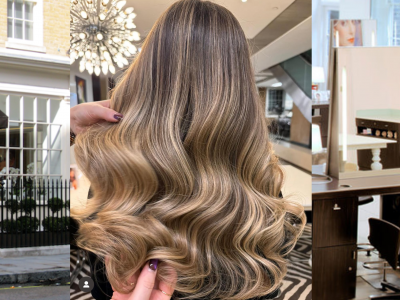To call Yarrow a ‘wildlife photographer’ would, however, be a disservice to the results, not to mention really annoy him. As he puts it, anyone with a long lens, the money to get to Kenya and some luck can take “the more literal kind” of wildlife photography that has come to dominate, so much so that the whole genre has become devalued.
“That said, when I come up next to a polar bear or a tiger in the wild it still sends a shiver down my spine to think we are
on the planet with these species that are so extraordinary — and that want to kill you,” he laughs.
But this phase in his career did give him a recipe for commercial success. Finding that royalties barely covered his expenses, he spent 10 years building something more akin to a wholesale operation, with a number of galleries around the world acting as distributors.
The animals are still often present, a motif in his work because, he says, he wants to entertain “and while I don’t think a cow in isolation is funny, put a cow in a bar [as he did in a recent series shot in and around St. Moritz] and it is funnier,” he suggests. He shoots images that work best at a large scale — they are, as he puts it, more “wall-centric” that way. And he prints in black and white, in part because its neutral temper encourages attention towards composition and tone, but also, he says flatly, for the simple reason that it goes with any decor. “Some colours are horrible to have on your wall. Yes, the monetising is shameless,” he chuckles.
